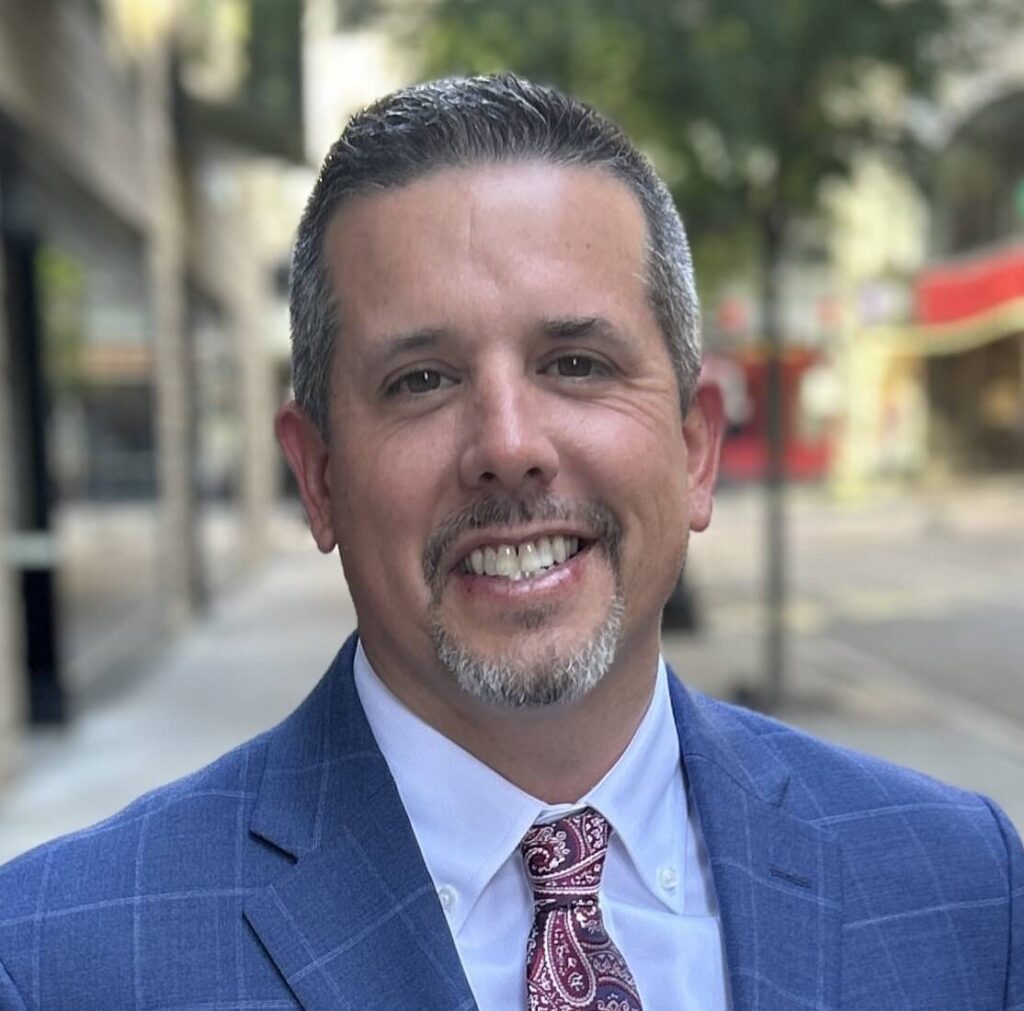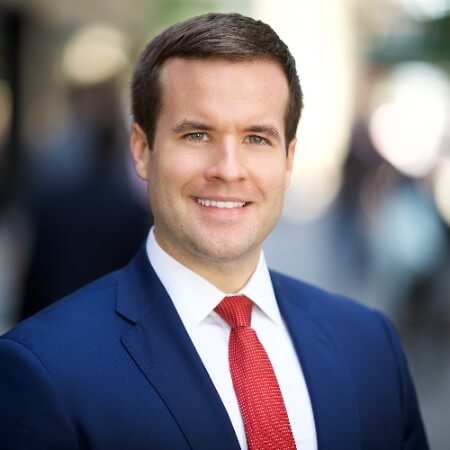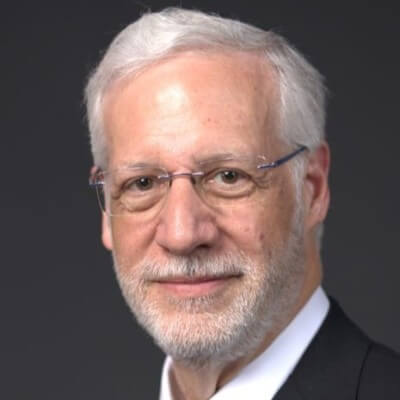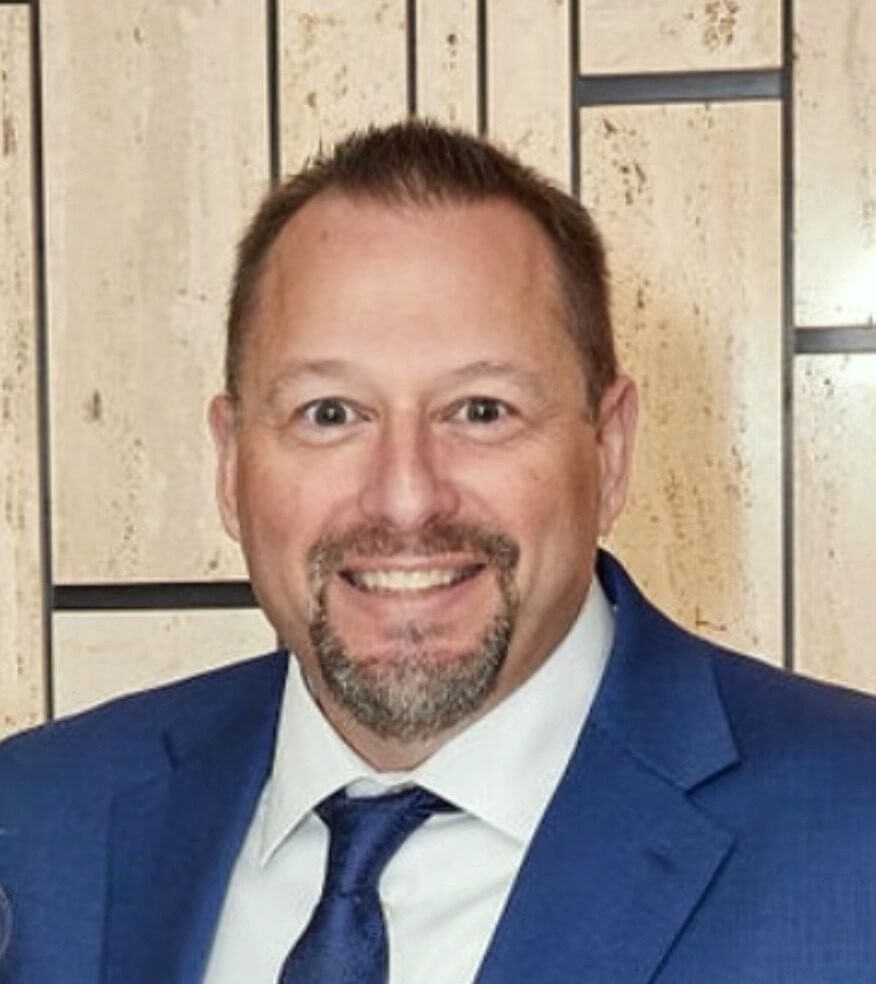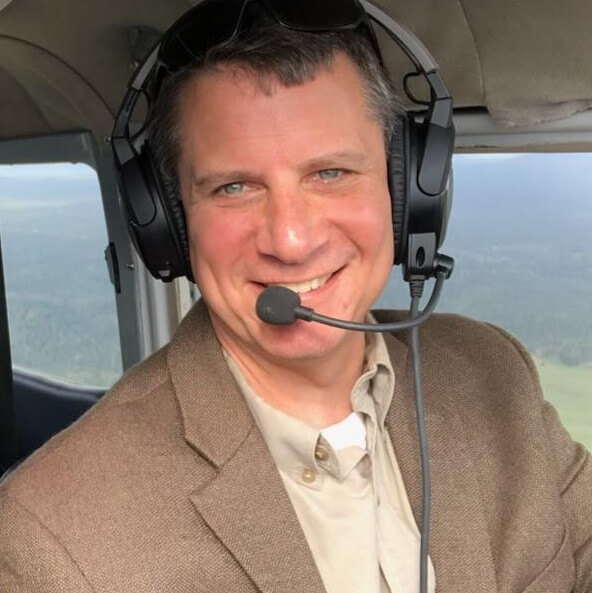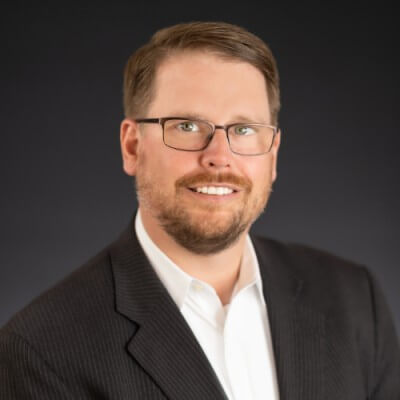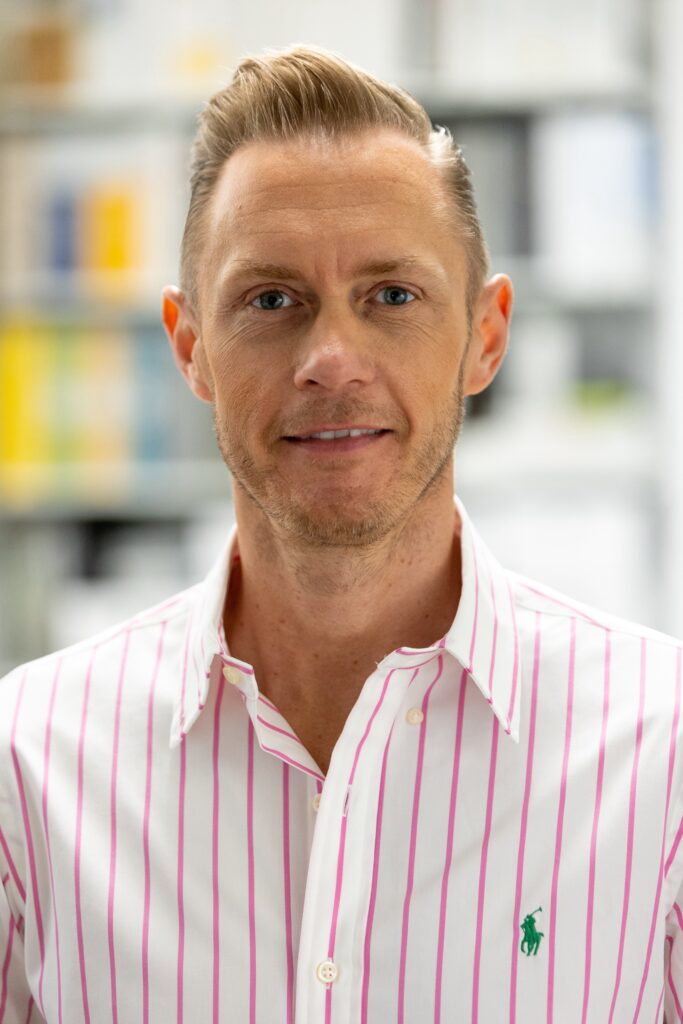Strategic Tools, Systematic Growth: The Power of Professional Services Diagnostics
We all know the story: owners who built successful firms through deep personal involvement struggling to scale beyond themselves. If you’re reading this, you’ve likely already recognized this challenge in your own firm. The question isn’t whether to address owner dependency – it’s how to do it systematically.

